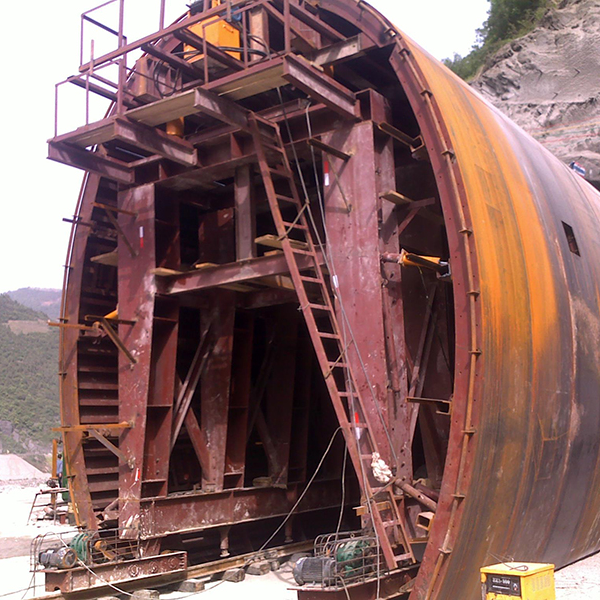
Privacy statement: Your privacy is very important to Us. Our company promises not to disclose your personal information to any external company with out your explicit permission.
Tunnel Formwork are generally grouped in four broad categories, depending on the material through which they pass: soft ground, consisting of soil and very weak rock; hard rock; soft rock, such as shale, chalk, and friable sandstone; and subaqueous. While these four broad types of ground condition require very different methods of excavation and ground support, nearly all tunneling operations nevertheless involve certain basic procedures: investigation, excavation and materials transport, ground support, and environmental control. Similarly, Tunnel Lining Formwork for mining and for civil-engineering projects share the basic procedures but differ greatly in the design approach toward permanence, owing to their differing purposes.

Many Tunnel Lining Trolley have been planned only for minimum-cost temporary use during ore extraction, although the growing desire of surface owners for legal protection against subsequent tunnel collapse may cause this to change. By contrast, most civil-engineering or public-works tunnels involve continued human occupancy plus full protection of adjacent owners and are much more conservatively designed for permanent safety. In all Tunnel Lining, geologic conditions play the dominant role in governing the acceptability of construction methods and the practicality of different designs.
LET'S GET IN TOUCH

Privacy statement: Your privacy is very important to Us. Our company promises not to disclose your personal information to any external company with out your explicit permission.

Fill in more information so that we can get in touch with you faster
Privacy statement: Your privacy is very important to Us. Our company promises not to disclose your personal information to any external company with out your explicit permission.